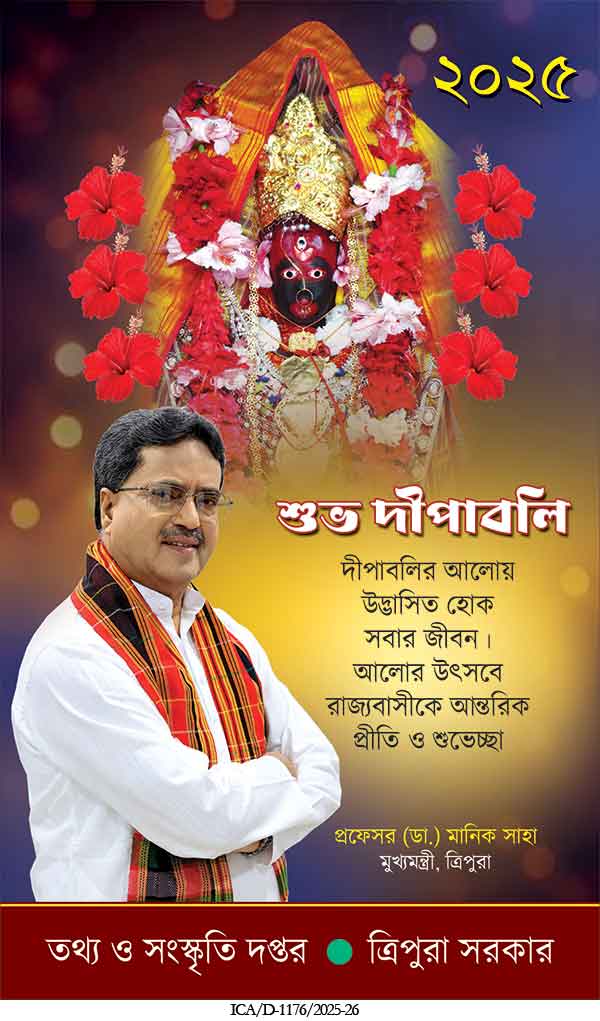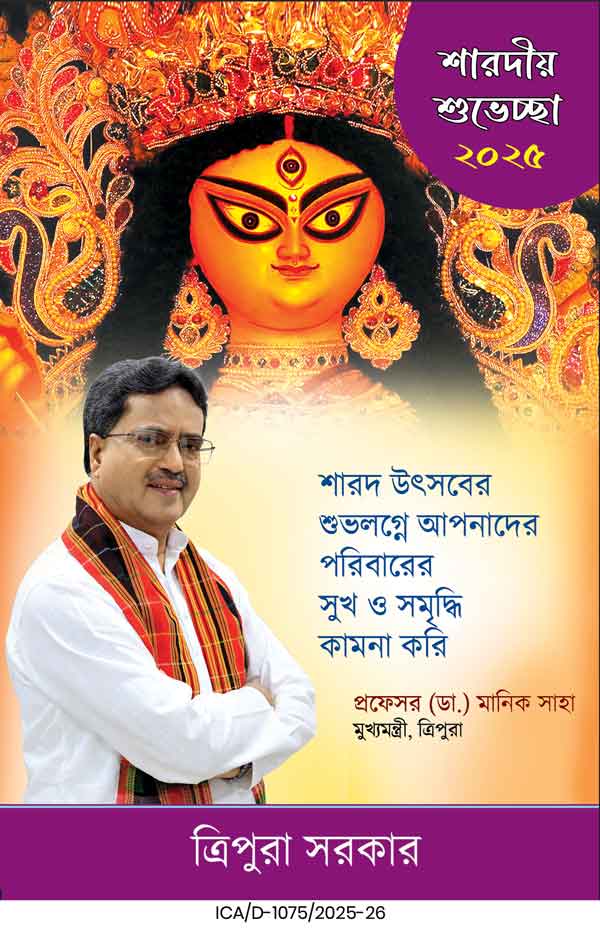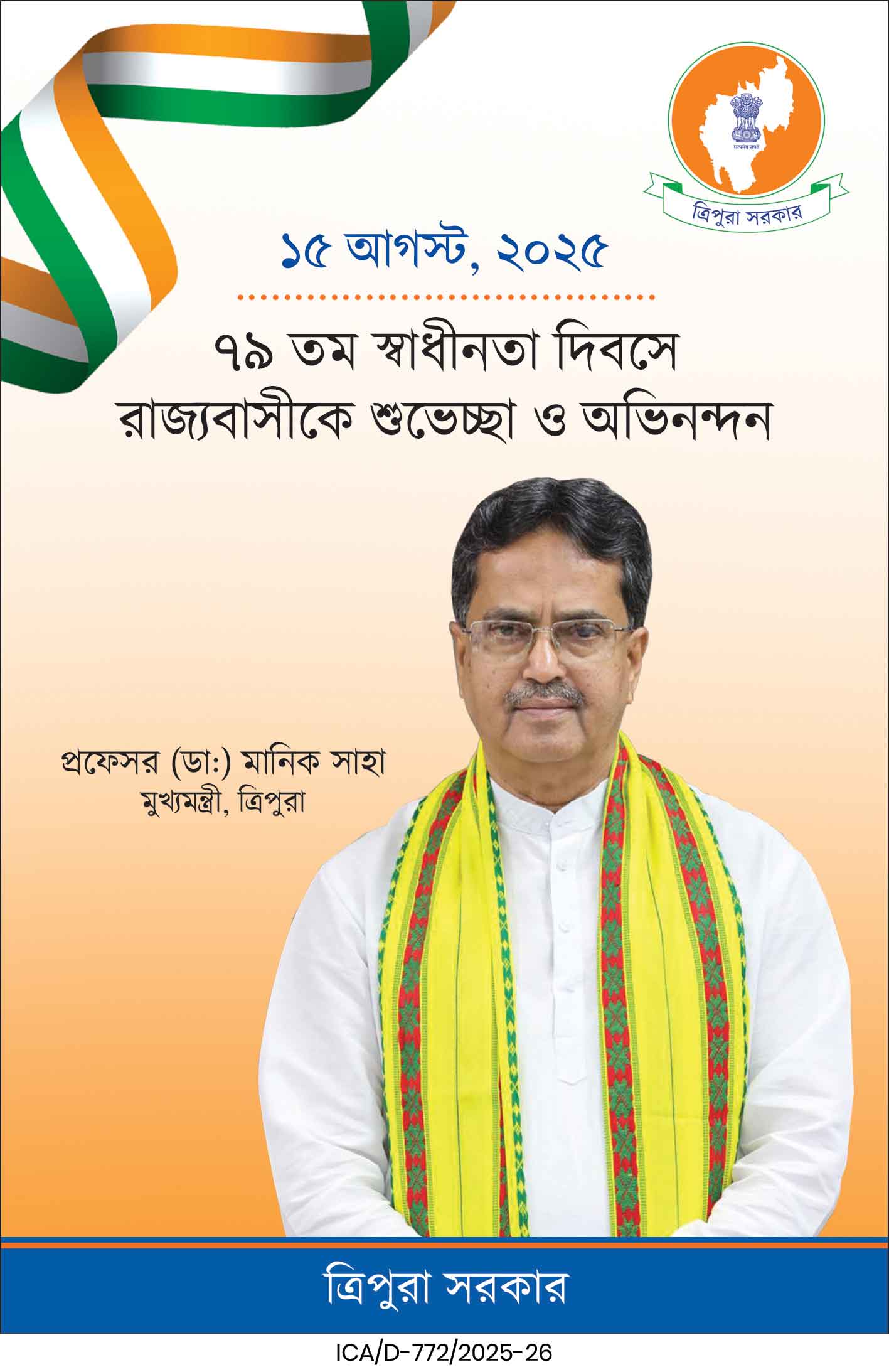Indian Railways spent ₹60,466 crore in passenger subsidies in FY24, covering 45% of travel costs. Despite a minimal fare hike from July 1, train journeys remain highly affordable. The government aims to maintain affordability while expanding and modernizing railway services across the country.
In a significant revelation during a parliamentary session on Wednesday, the Indian government disclosed that the Indian Railways incurred a whopping ₹60,466 crore in passenger travel subsidies during the financial year 2023–24. This massive subsidy effectively covers 45% of the actual cost of passenger travel, making Indian train journeys among the most affordable globally.
Affordable Travel for Over 720 Crore Passengers
Railway Minister Ashwini Vaishnaw, responding to questions raised by several Lok Sabha members regarding the recent increase in rail fares, emphasized that Indian Railways continues to provide highly subsidized and affordable travel to the masses. More than 720 crore passengers benefit from this transport system every year.
Despite the fare revisions that took effect on July 1, 2024, Vaishnaw stated that Indian train fares remain significantly lower than those of many neighboring countries. “The fare revision is very nominal and was long overdue, with the last increase happening more than five years ago,” he said.
Minimal Fare Hike: As Low As Half a Paisa per Kilometer
Detailing the fare revisions, the minister clarified that the increase is minor, ranging from just half a paisa to two paisa per kilometre, depending on the class of travel.
Second Class Ordinary Travel (up to 500 km): No fare increase.
Second Class Ordinary Travel (beyond 500 km): Half paisa/km increase.
Sleeper Class, Ordinary, and First-Class Ordinary: Increased by half paisa/km.
Non-AC Mail Express Classes: Increased by 1 paisa/km.
Reserved AC Classes: Increased by 2 paisa/km.
Importantly, Monthly Season Tickets (MSTs) and suburban train fares—used extensively by daily commuters—remain unchanged, ensuring that low- and middle-income travelers are not burdened.
Vaishnaw reassured the Lok Sabha, stating, “Less than half the total train journeys will see any fare increase. For instance, a 500 km journey in a general coach will still cost the same.”
Continued Investment in Infrastructure and Service Quality
In addition to maintaining affordability, the government is committed to enhancing the overall travel experience. Vaishnaw announced that Indian Railways is working on expanding its network, upgrading tracks, and increasing the frequency of suburban train services to meet growing demand and improve efficiency.
The move reflects a balanced approach: providing high-quality public transport while maintaining economic viability. The ₹60,466 crore subsidy not only underlines the government’s commitment to social welfare but also highlights the challenges of operating a vast and affordable railway network in one of the world’s most populous countries.
Subsidy Sustainability and Future Prospects
While the substantial subsidy benefits millions of passengers, it also raises questions about long-term sustainability. With growing operational costs and infrastructure development requirements, gradual and targeted fare revisions could become necessary. However, the government seems determined to shield economically vulnerable commuters from financial stress.
This announcement also comes at a time when the Railways is aggressively pursuing modernization through new-age trains like Vande Bharat, semi-high-speed corridors, and station redevelopment projects, all requiring significant funding.
| Also Read: India-China Border relations improve as both sides Express Satisfaction |
As India continues to urbanize and its mobility needs expand, Indian Railways faces the complex task of being both a lifeline for the common man and a driver of national growth. The ₹60,466 crore subsidy, while a testament to India’s social equity goals, also underscores the need for financial prudence and modernization.





